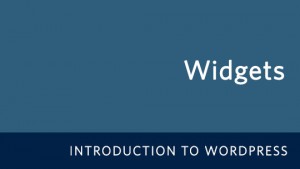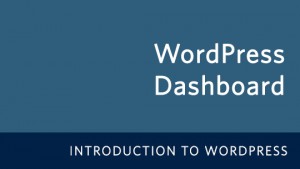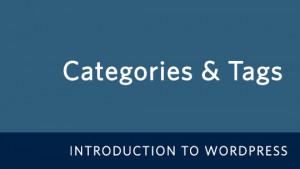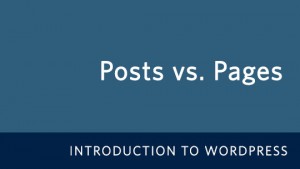Widgets
In the most general sense, a widget is a piece of ‘stand-alone’ functionality that can be installed on a website by the user, usually without any coding being required by that user. In WordPress systems such as UBC Blogs and UBC CMS, widgets refer to tools or content that you can add, arrange, and remove from the sidebars […]
WordPress Dashboard
The Dashboard is the “nerve” centre of your CMS website (Figure 1) Some important areas are: The My Sites selection lists the different websites you have access to Visit your website’s front page by clicking on your title The Sidebar Menus give you quick access to everything from your posts and pages to the media library and theme options The Screen […]
Media Library
The Media Library Screen allows you to edit, view, and delete Media previously uploaded to your blog. Multiple Media objects can be selected for deletion. Search and filtering ability is also provided to allow you to find the desired Media. Media Library provides two type of views. One is simple visual Grid View and another is conventional List View. See […]
WordPress Categories & Tags
Categories Categories are a great way to group posts together by relevance. Not only are they helpful to your site’s visitors, but they also provide filters that you can use for your own website links and display settings. One example where categories can act as a “filter” is the UBC CLF theme and its Spotlight Rotation (the […]
Posts vs. Pages in WordPress
WordPress employs two fundamental content types: pages and posts. These content types behave quite differently and therefore it is important to understand when to create a page or a post. Pages are static. They are a good way to publish information that doesn’t change much, like an “About” or “Contact Us” page. Pages are usually linked […]




